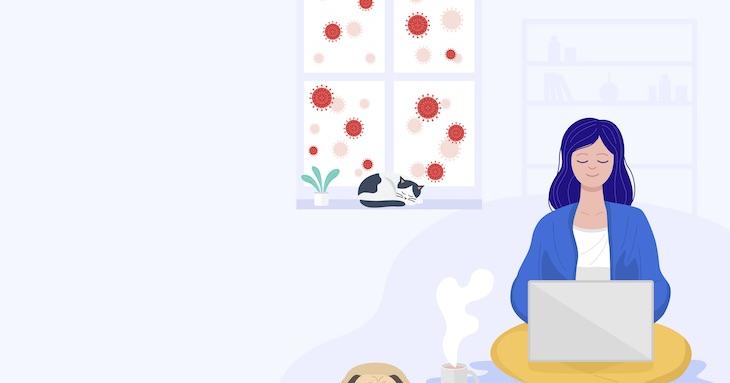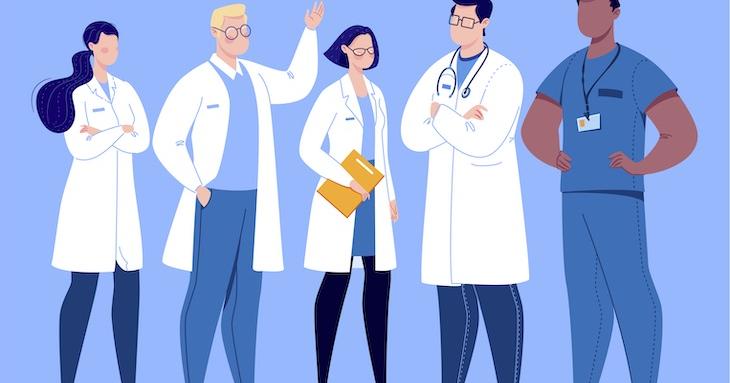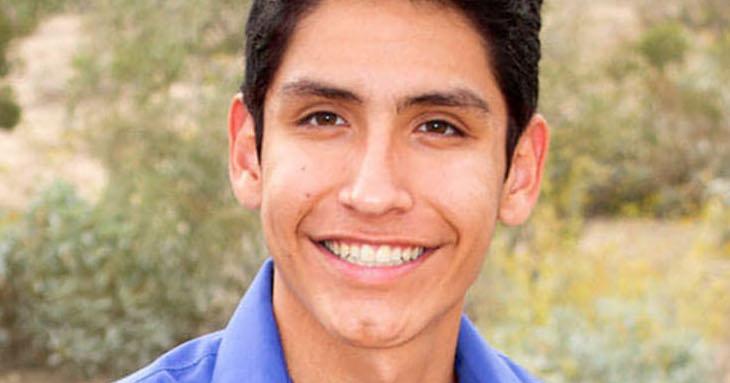-
Pandemic 101
Being a student in the time of COVID-19 has meant living and learning in new ways. The same can be said about professors, who have faced their own challenges and opportunities while learning to teach on digital platforms. Everyone’s situation during this time is unique. Some are on campus with safety guidelines and others are remote learning. With these drastic changes, schools, faculty, students, and families have shown tremendous resilience. Here are some lessons being drawn from this crash course in change and adaptation.
-
Charting a Path in Health Care
The response to COVID-19 has raised the profile of health care professionals, inspiring a new wave of interest in front-line health careers. In light of the pandemic’s disproportionate effect on Indigenous communities, an increasing number of Native students are now taking a serious look at the educational paths to crucial health care roles.
-
Alesia Nez | Navajo | Washington State University | Biology
I am Water’s Edge born for Red Running into Water. My maternal grandfather’s first clan is Mexican Clan, and my paternal grandfather’s first clan is Water’s Edge Clan. In this way, I am a Navajo woman.
-
Katherine Helen Jacobs | Eastern Band Cherokee Indians and Cherokee Nation | Fashion Institute of Design and Merchandising | Master of Business Administration
Cherokee, N.C., is known for one thing: Harrah’s Casino. As a young girl growing up in its shadow, I knew that a career tied to Harrah’s wasn’t in my future. Instead, my interests lay in finance and art. But it wasn’t until I attended Arizona State University that I under-
stood how to combine the two. Now, as an MBA candidate at the Fashion Institute of Design and Merchandising in Los Angeles, I’m well on my way to realizing my dreams by combining my financial skills with my love of art. -
Celeste Groux | Bigstone Cree Nation | McGill University | Applied Mathematics and Computer Science
In my first year at McGill University in Montreal, I found a home and community around the long table in the university’s four-story, red stone First Peoples’ House. The house serves as a residence and gathering space for Indigenous students, and by the time I completed my first year of university, the Wednesday soup and bannock lunches were part of my routine. It was a good way to get to know other Indigenous students on campus, and it has helped me to build that Indigenous community.
-
Luke Bastian | Navajo | Massachusetts Institute of Technology | Civil Engineering
When I was young, I remember being awe-inspired by large structures and how things so massive could stay standing. Then on the Navajo Reservation, where I have lots of family, I would see collapsing houses and imperfect roads. That’s when I realized civil engineering could be a way to positively impact my community and the world around me, using my math skills to improve the lives of fellow Natives.
-
Jake Keli’i Uyechi | Native Hawaiian | University of Portland | Electrical Engineering
Native Hawaiian taro farmers inspired me to enter the 2017 AISES Energy Challenge, an energy-specific science fair that encourages high school students to get into STEM. Taro is a prized staple food and the root of Hawaiian culture. These farmers are off the grid because many of their patches are historical or cultural sites. I wanted to learn how byproducts from bacteria in the mud in their fields could provide them with a sustainable source of energy. I won the Grand Prize for designing a microbial fuel cell.











